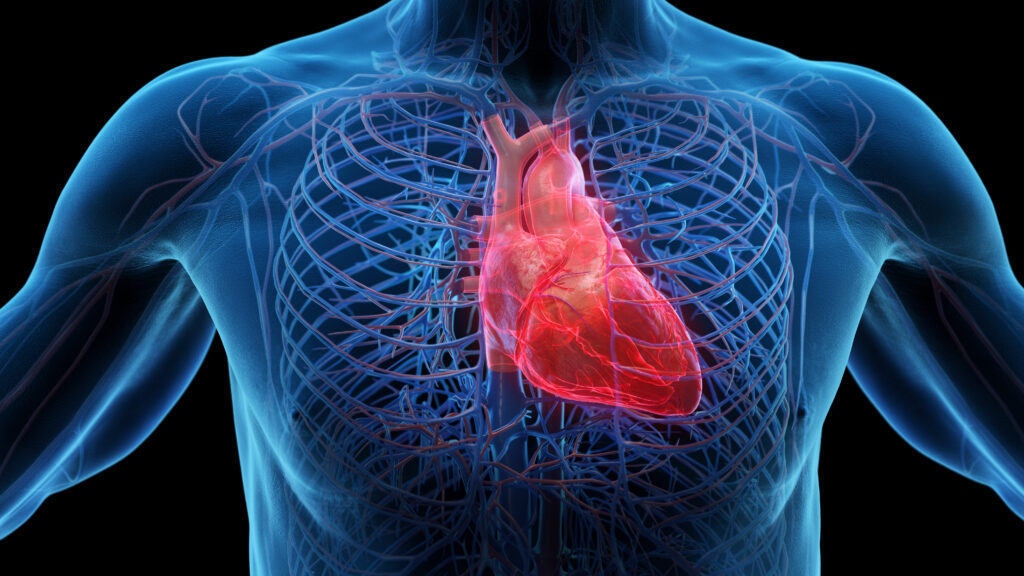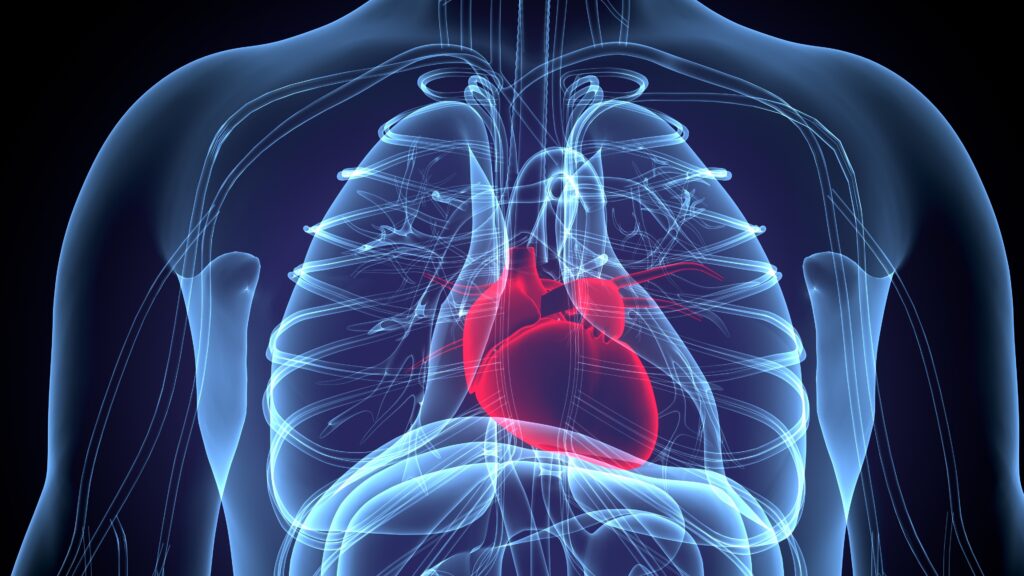Introduction: The use of remote monitoring (RM) to undertake cardiac implantable electronic device (CIED) follow-up is becoming increasingly common, particularly following the COVID-19 pandemic. This method of CIED assessment has been shown to be non-inferior to face-to-face only assessments.
Purpose: We sought to assess the safety of adopting a strategy of alert based follow up in selected patients with implantable cardiac defibrillators (ICD), with a view to eliminating the need for routine visits where no actionable findings were identified.
Methods: We undertook a retrospective analysis of patients with ICDs, reviewing any RM alerts and all follow-up data, both in-clinic and scheduled RM, to establish whether any of this activity identified any additional clinically relevant findings. These were defined as any alerts that prompted initiation or change in medications or review by a medic, as well as any significant ICD re-programming/system revision.
We subdivided our alerts into two groups:
- system-related (e.g. elective replacement indication, poor sensing); and
- arrhythmia-related events (e.g. detection of atrial fibrillation [mode switch duration >6 mins], therapies delivered, VF).
The action taken was also divided into two groups or ‘essential’ and ‘non-essential’ programming:
- essential programming (e.g. reprogramming for surgery, changes to ICD therapies); and
- non-essential programming (e.g. optimization of outputs, alterations to pacing mode).
Results: The study included 162 patients – mean age: 69 years ± 25 years, 80% male gender, 44% primary prevention ICD, 4% were pacing dependent. CIED follow up was retrospectively reviewed for a period of 2 years (November 2019 – November 2021).
During follow up, a third of patients were disconnected from RM. We received 3,030 alerts in total, with an average of 253 RM alerts per month. Alerts were received from 43% of patients (total of 70 patients). However, only 70 out of the 3,030 alerts were clinically relevant, meaning just 2% of all alerts received were clinically meaningful. Relevant alerts were received from 30 patients, equating to 18% of the patient group. 63% of clinically relevant alerts were arrhythmia-related, while 37% were system-related. Crucially, all clinically relevant events were associated with a RM alert. No additional clinically relevant events were detected during in-clinic/scheduled RM.
Conclusion: A strategy of alert-based follow up would not have overlooked any clinically relevant events in our study. However, 98% of alerts relate to findings which were not clinically meaningful. While alert-based follow up appears safe, institutions must employ a robust process to ensure patients remain compliant with RM to ensure they do not disconnect from the service. It is also imperative that RM alert settings are optimally programmed, to prevent unnecessary clinical data from being transmitted. ❑
Figure 1















